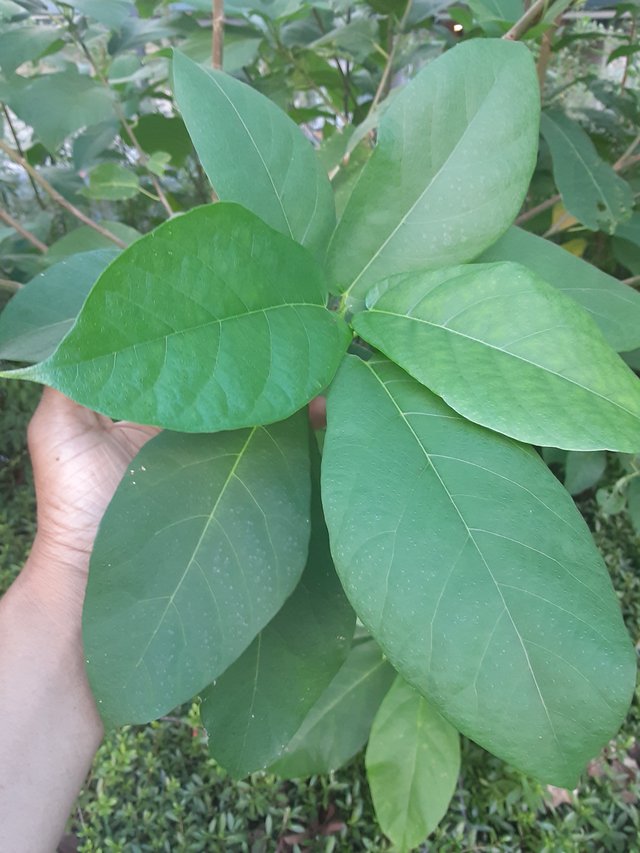Magnolia sieboldii, a deciduous shrub or small tree with large, elliptical to oblong leaves that are rich in antioxidants and have anti-inflammatory and anti-bacterial effects

Magnolia sieboldii, also known as the Oyama magnolia, is a deciduous shrub or small tree that is native to Japan, southeastern China, and Korea. It typically grows to 10-15 feet tall and wide, and has a vase-shaped habit. The leaves of Magnolia sieboldii are large, elliptical to oblong, and green in color. They turn a golden yellow in the fall.
Magnolia sieboldii flowers in late spring to early summer, and produces large, nodding, white flowers with crimson stamens. The flowers are very fragrant, and have a citrus-like scent. Magnolia sieboldii is a popular ornamental plant, and is often grown in gardens and parks.
The leaves of Magnolia sieboldii have a number of interesting properties. For example, they are rich in antioxidants, and have been shown to have anti-inflammatory and anti-bacterial effects. Magnolia sieboldii leaves have also been used in traditional Chinese medicine to treat a variety of ailments, including asthma, bronchitis, and diarrhea.
In addition to their medicinal properties, Magnolia sieboldii leaves are also used in a variety of other ways. For example, they can be dried and used to make tea. Magnolia sieboldii leaves can also be used to make a variety of herbal products, such as creams, salves, and soaps.
Overall, Magnolia sieboldii is a valuable plant with a variety of uses. Its leaves are not only attractive, but they also have a number of beneficial properties.
Ref.:
 |  |
Upvoted! Thank you for supporting witness @jswit.